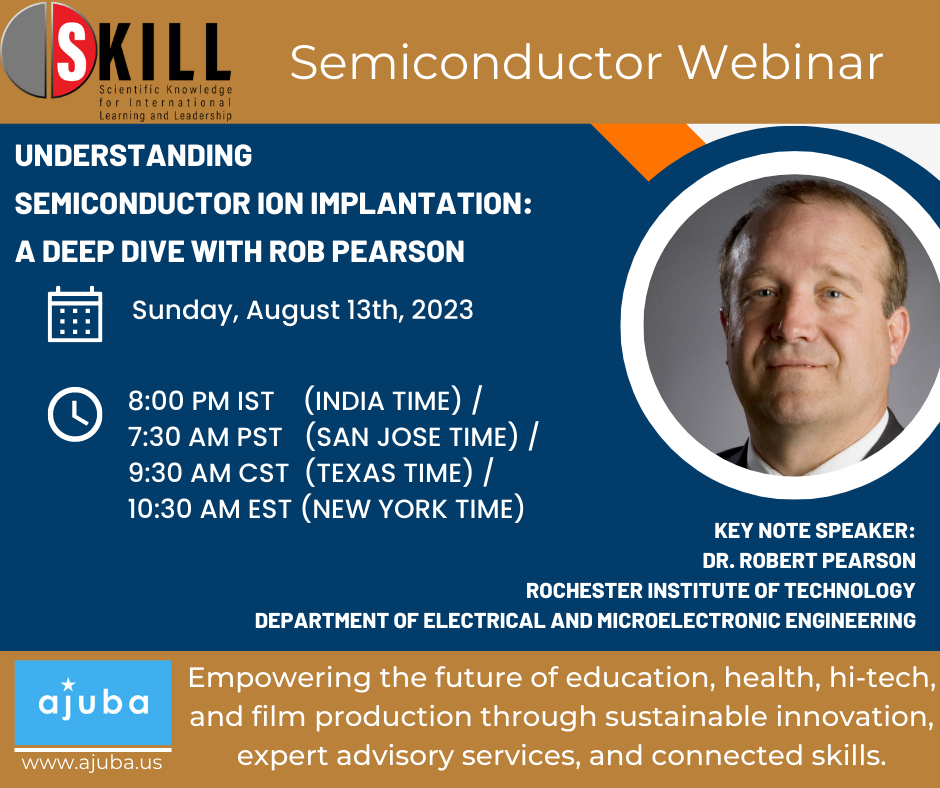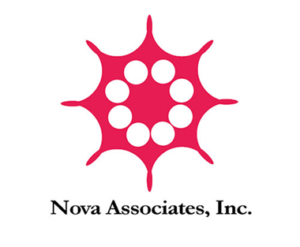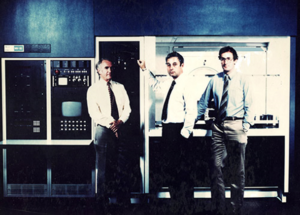Article 14 | August 7th, 2023
The world of semiconductor manufacturing is a marvel of innovation, where precision and ingenuity come together to create the intricate devices that power our digital age. At the heart of this intricate dance lies ion implantation, a process that injects critical dopants into semiconductor materials to shape their electrical properties. In this article, we delve into the realm of high-current implanters, uncovering their significance, applications, and the challenges they tackle in the ever-evolving landscape of semiconductor technology.
Unveiling the Role of High-Current Implanters
Ion implanters, often hailed as workhorse tools in semiconductor fabrication facilities (fabs), play a pivotal role in molding semiconductor devices. Their primary function revolves around the injection of essential dopants into semiconductor materials, thereby enabling the development of crucial sections of a chip, notably the source/drain regions. High-current implanters, a specific segment within the realm of ion implantation technology, hold the reins when it comes to the intricate task of source/drain development.
The Symphony of Implantation Segments
The ion implanter market is a dynamic ecosystem comprising three distinct segments: high-current, medium-current, and high-energy. Among these, high-current implanters take center stage, commanding the task of injecting dopants for source/drain development. Medium-current tools, on the other hand, find their niche in well implants, while high-energy implanters specialize in deep well implants.
Unlocking the Planar Device’s First Major Implant Step
In the intricate process of planar device manufacturing, the first major implant step unfolds in the front-end-of-the-line (FEOL) phase. At its core lies the shallow trench isolation (STI) process, which divides the chip into PMOS and NMOS segments. Both segments undergo well implantation, a process where separate dopants are introduced to shape their distinct electrical properties. This step is followed by annealing to activate the implanted dopants.

Pioneering the Future: Nova’s Journey to the First Commercial High-Current Implanter
In 1978, Nova was established in a humble shed in Middleton, MA by visionary minds including Geoff Ryding, Peter Rose, Andrew Wittkower, and George Swanson. Cutler Hammer provided the initial funding for this innovative venture. During the same year, the design of the NV-10, a groundbreaking high-current implanter, commenced. A significant development took place in 1979 when Eaton acquired Cutler Hammer, along with Kasper in Austin, Texas, leading to the formation of Eaton Semiconductor Equipment Operations.


Picture Credit: Axcelis
In 1979, Nova achieved a remarkable milestone by shipping the first NV-10-60 from its newly adopted location, a repurposed bowling alley. This achievement marked the industry’s pioneering effort in introducing the commercial high-current implanter. The NV-10-60’s design was revolutionary, showcasing features such as sliding seal technology, bi-directional mechanical scanning, exceptional dose uniformity, cooled disks, and user-friendly operation.
The system boasted several noteworthy features, including exchange arms that enabled higher throughput. While wafers still required manual loading onto the disks, the introduction of two disks and automated exchange arms was a significant advancement. The incorporation of a dosimetry slot in the disk allowed for real-time dose control, with velocity proportional to 1/R, ensuring accurate dosing. The concept of the slot disk introduced in this system proved to be successful, setting the foundation for subsequent generations of NV-10, GSD, HE, HE3, HC3, Ultra, and Paradigm implanters.
Nova’s journey from its humble beginnings in a chicken hatchery shed to shipping the first high-current implanter showcased their commitment to innovation and their pivotal role in shaping the semiconductor industry’s landscape.
Challenges in the Era of Advanced Semiconductor Designs
The landscape of semiconductor design is in a state of constant evolution, with innovations like finFETs and 3D NAND pushing the boundaries of technology. High-current implanters face new challenges in these advanced designs, where dopants must be implanted at various angles to achieve precision and uniformity. The traditional vertical implantation approach doesn’t suffice for these designs, necessitating next-generation implanters that can deliver dopants at intricate angles.
Towards the Future: Combining Precision and Deposition Techniques
Emerging technologies pave the way for the future of high-current implanters and ion implantation as a whole. Innovations like Ion Assisted Deposition and Doping (IADD) promise enhanced precision by combining deposition and implantation techniques. IADD extracts ions from a plasma source and directs them onto the wafer, followed by an ion-assisted deposition process. This approach ensures the delivery of dopants at accurate angles, a necessity in advanced designs.
Conclusion: Forging the Future of Semiconductor Innovation
High-current implanters stand as the unsung heroes of semiconductor manufacturing, facilitating the injection of essential dopants that shape the heart of electronic devices. Their journey from source/drain development in planar devices to the challenges of advanced designs showcases the industry’s relentless pursuit of precision. As semiconductor technology strides toward 7nm and beyond, the demand for impeccable uniformity and dosage control intensifies. Emerging technologies, like IADD, epitomize the spirit of innovation that drives the industry, ensuring that high-current implanters remain at the forefront of shaping the future of semiconductor technology.

Baljit Singh is an accomplished Founder & CEO with a proven track record in building successful businesses in manufacturing and services companies. With expertise in leadership and general management, Baljit has developed and implemented business strategies, led sales and marketing functions, and built motivated teams in turn-around environments. . Author of the Book, “My Experiments with Innovation,” he is a motivational speaker and gives talks on how to cultivate habits and change lifestyle to drive innovation. Baljit is currently driving cross border partnership between India-Israel-North America
